Acne vulgaris may be defined as any disorder of the skin whose initial pathology is the microscopic microcomedo. The microcomedo may evolve into visible open comedones (blackheads) or closed comedones (whiteheads). Subsequently, inflammatory papules, pustules, and nodules may develop. The severity of acne varies greatly among individuals and genetic background plays an important role. Pathogenic factors include androgen-induced seborrhea, follicular hyperkeratosis, microbial population, and immunological and inflammatory processes. These factors influence each other, leading to the acne phenotype. It has been estimated that as many as 90% of all teenagers are affected by acne, with virtually 100% of teenagers experiencing some degree of comedone formation. Acne may be inflammatory or non-inflammatory. Non-inflammatory acne lesions include open and closed comedones.
Inflammatory lesions include papules, pustules, andnodules. The initial event inthe development of an acne lesion is abnormaldesquamation of the keratinocytes that line thesebaceous follicle, which creates a microplug ormicrocomedo. An increase in circulating androgens at theonset of puberty stimulates the production of sebum intothe pilosebaceous unit. These events combine to createan environment within the pilosebaceous unit that isfavourable for the colonization of the commensalbacteria, Propionibacterium acnes. With proliferation, P.acnessecrete various inflammatory molecules andchemotactic factors that initiate and perpetuate the localinflammatory response and possibly induce keratinocytehyperproliferation as well.
Sebum playsa central role in the pathogenesis of acne. Acne beginsjust before puberty when the sebaceous glands enlargeand reaches a maximum prevalence in early adolescence when sebum output reaches its peak.
Lean quickly absorbed gel containing natural active matters, intervening at epicutaneous level and balancing the excess of sebum. Corrects the alternated aciding degree, and carrying out a drying action.
How to use:
After a careful skin cleansing, apply the S.N.H. Anti-Acne Gel by slightly massaging in a circular way until a complete absorption is reached. To be used twice a day (Morning and Evening).

 العربية
العربية
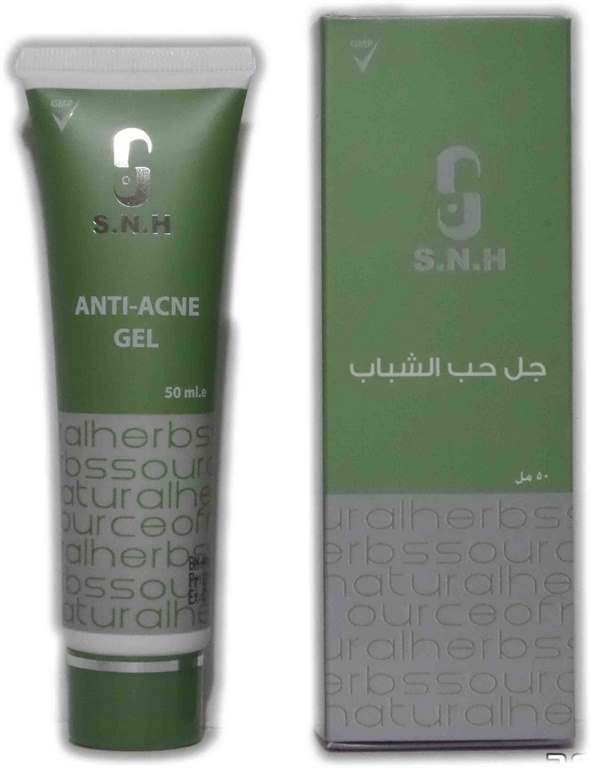

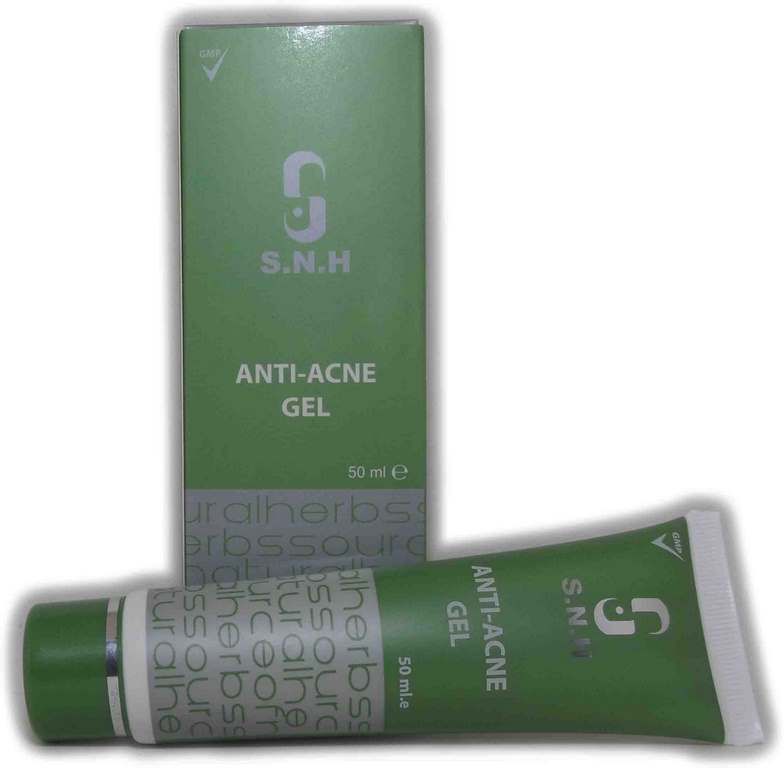


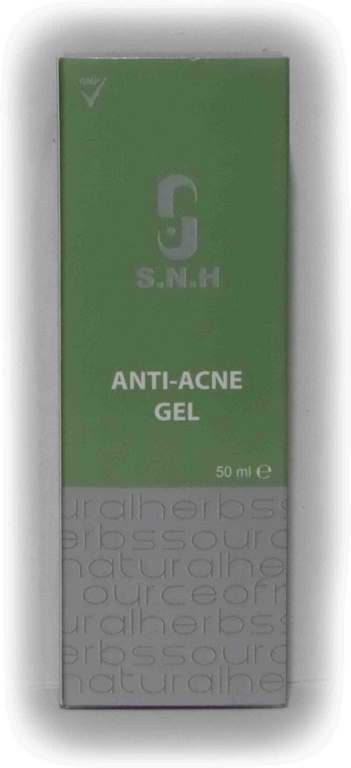

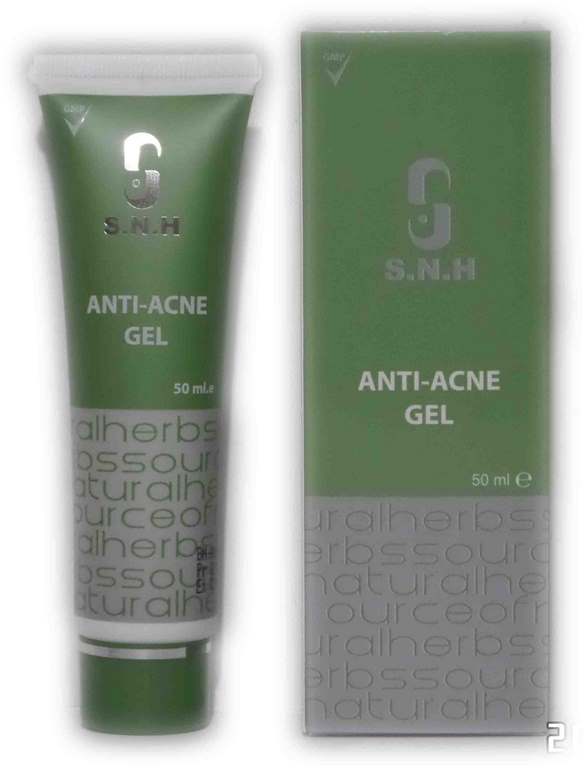
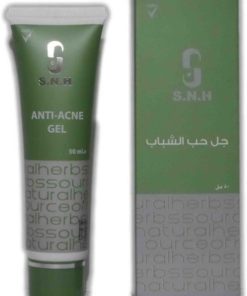
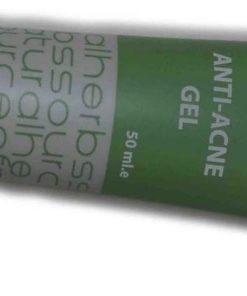
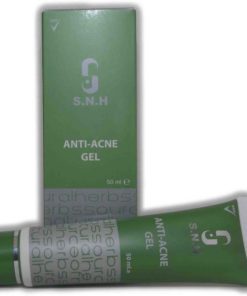

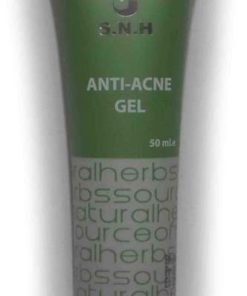



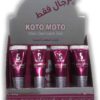
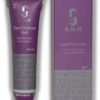
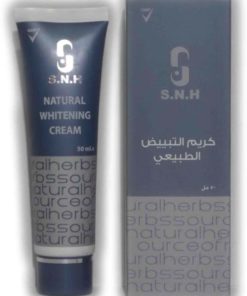
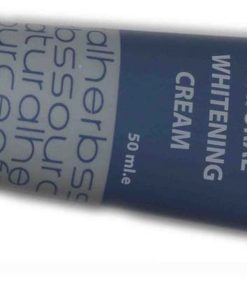
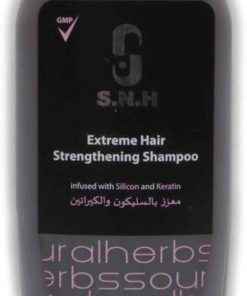
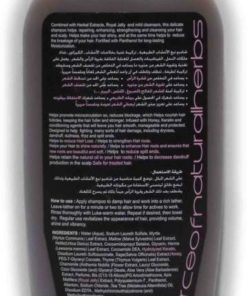

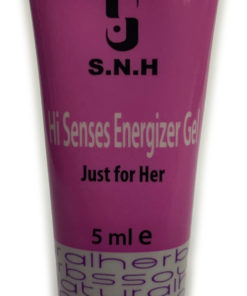
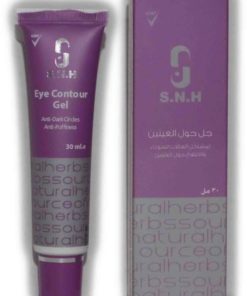
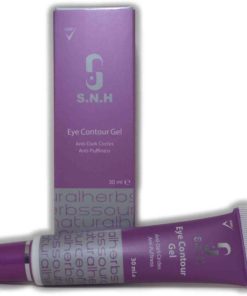



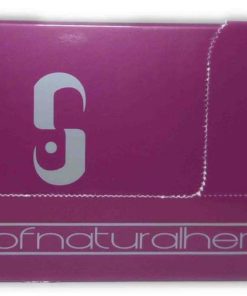
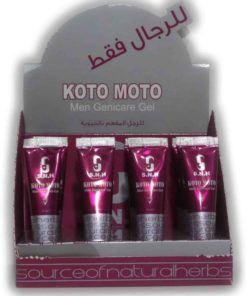

Reviews
There are no reviews yet.